Image/Photo Manipulation
by Signature Studios
© (Copyrights 2007 and Copyrights pending)
|
Adding and deleting image elements to a photo or imageis an easy (yet sometimes time consuming) process. The old adage that "a photo never lies" is not true! Any photo or
image can be altered to look like something different. 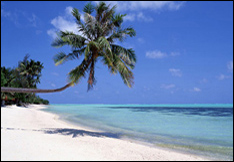 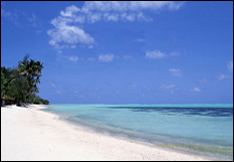 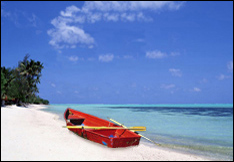 (Original Image) (Altered Image) (Altered Image) Your images may come from many sources. The quality, sharpness, and intensity of each image may vary. Below are listed the image adjustments that are most commonly used in processing and preparing each image for print or for the internet. Some of these adjustments may be minor, requiring just a few keystrokes. Some of these adjustments may be major, requiring many steps. Each image must be assessed and corrected individually. |
|
Image Mode CMYK, RGB, Grayscale. These formats are chosen depending on the program used to create the image, the printing process used, and whether any specific Pantone colors, CMYK colors, or "Spot" colors are utilized in the image. |
Image Size Adjust Height, Width, Resolution. Meas-urements of an image are in pixels. Standard image printing is at 300 dpi (dpi = dots per inch, or pixels). Web page images must be at 72 dpi. |
|
Image Adjustments Mode, size, contrast, brightness, exposure, flip image, invert image, color balance, hue/saturation, and using filters. The original image is at right. |
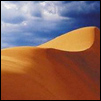 |
Rotate Image Rotate image in 1 degree increments, clockwise or counter-clockwise. |
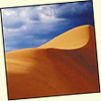 | |||
|
Flip Image Horizontal
Is the image back-wards? Flip the image. |
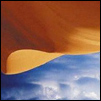 |
Invert Image Every color has an opposite color. This function produces a reverse color image. Bight red becomes light blue, dark blue becomes yellow, etc. |
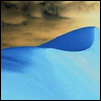 | |||
|
Color Balance Change the overall "tint" of a multi-color image. Make a 4-color image may have a "blueish tint", or remove some of the blue and green color. |
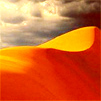 |
Hue/Saturation Change the variable hue of the image towards the blue colors, or towards the red colors, towards the yellow colors. Change the saturation of the colors to intense or muted. |
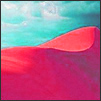 | |||
|
Exposure The contrast and intensity of the image, similar to the Saturation, Brightness, and Contrast functions. |
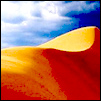 |
Apply Filters Filters are mathematical algorythms that are applied to the image. These alter and/or warp the image to obtain desired effects. These effects amy be subtle, or they may completely alter an image into a different dimensional picture. Filters are applied to an entire image, or to just a part of an image. |
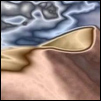 |
|
Coloring a Black and White Image With the right software, coloring a black and white image can be a relatively simple process. With more than two general background colors, the process may become much more detailed and time-consumming. |
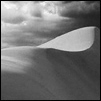 | 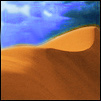 |
|
Changing an Image From Color or Black and White to a Spot Color With the right software, re-coloring a color or black and white image to one Spot Color is a relatively simple process. This process can be used to print a book in just two colors, saving substantially from the costs of a 4-Color printing. |
 | 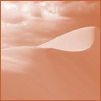 |
|
Choosing an Image File Format Every image must be created in a specific file type. The most common file types are designated BMP, GIF, JPG, or TIF. These formats are chosen depending on the program used to create the image, the printing process used, and requirements of the commercial or desktop printer used, and the quality of either the image, or the quality of the printing anticipated. If the image is to be used on the Internet, then care must be taken in choosing the file format to assure the maximum image quality, and and to assure that every computer screen viewing the image displays the image the same. |
|
Choosing
INTERNET COLORS
See the Photoshop Filters link below to view a sampling of filters that may be applied to an image. Purchase 500, 1000, or 1500 PHotoshop Filters HERE presented by: Signature Studios Mark D. Sabatke • 50 Summit Avenue, Room 409 • Hagerstown, Maryland 21740 • (301) 733-4363 Mark@SignatureStudios.com |